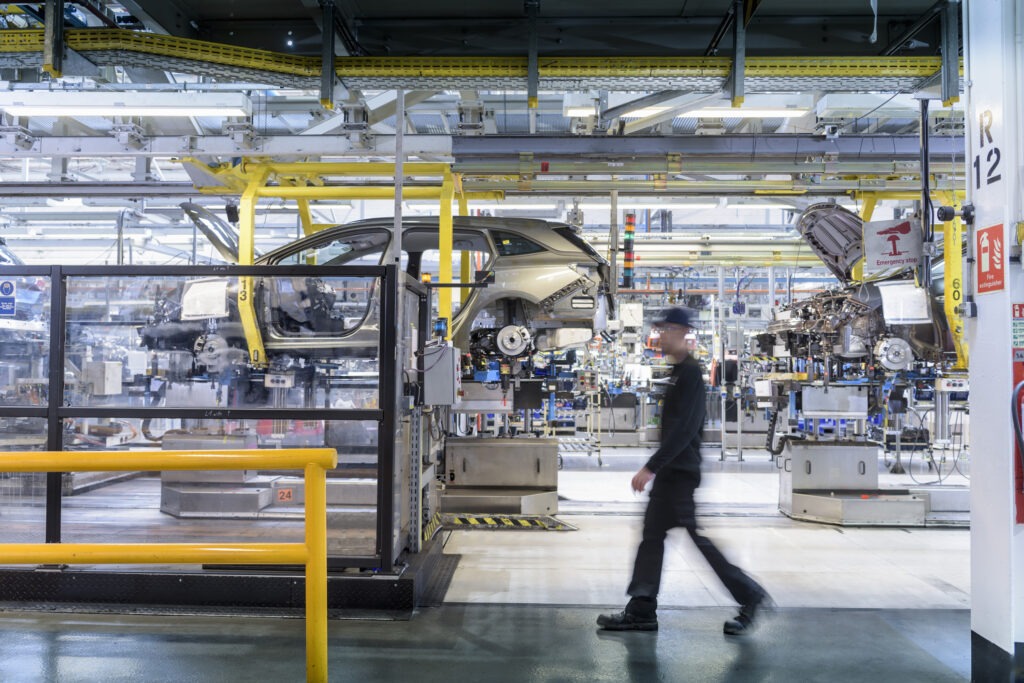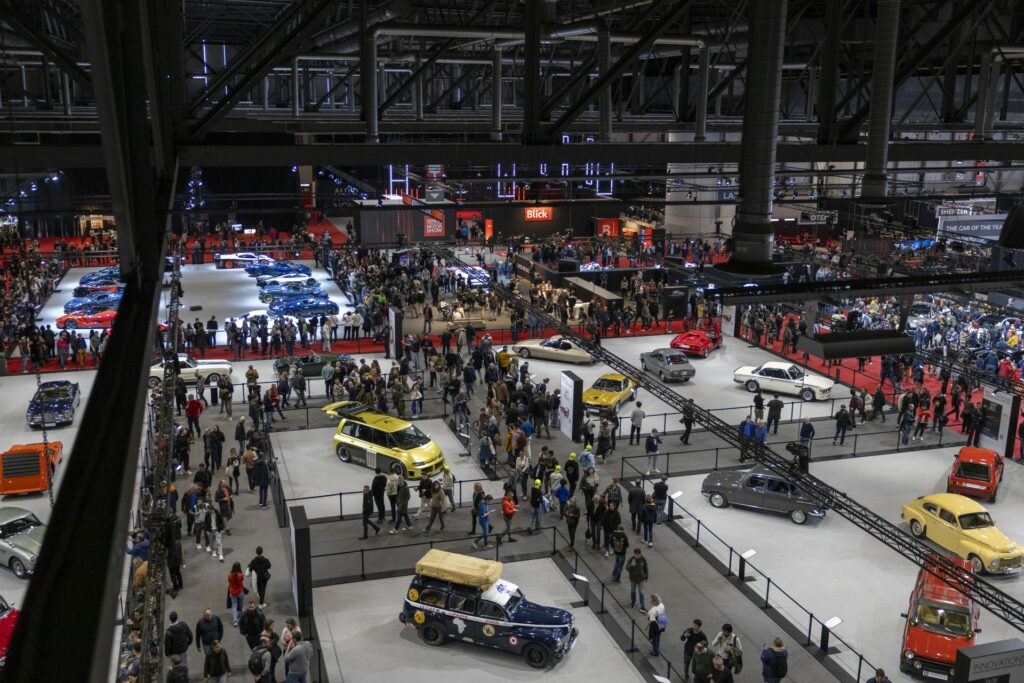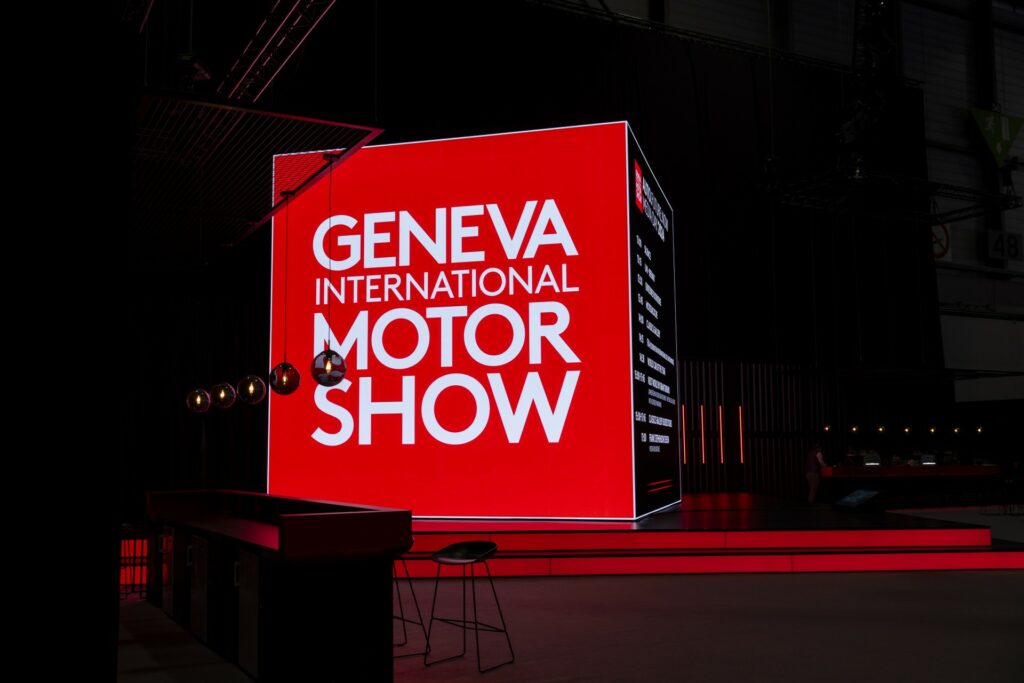Are convertibles still popular?
01 May 2024
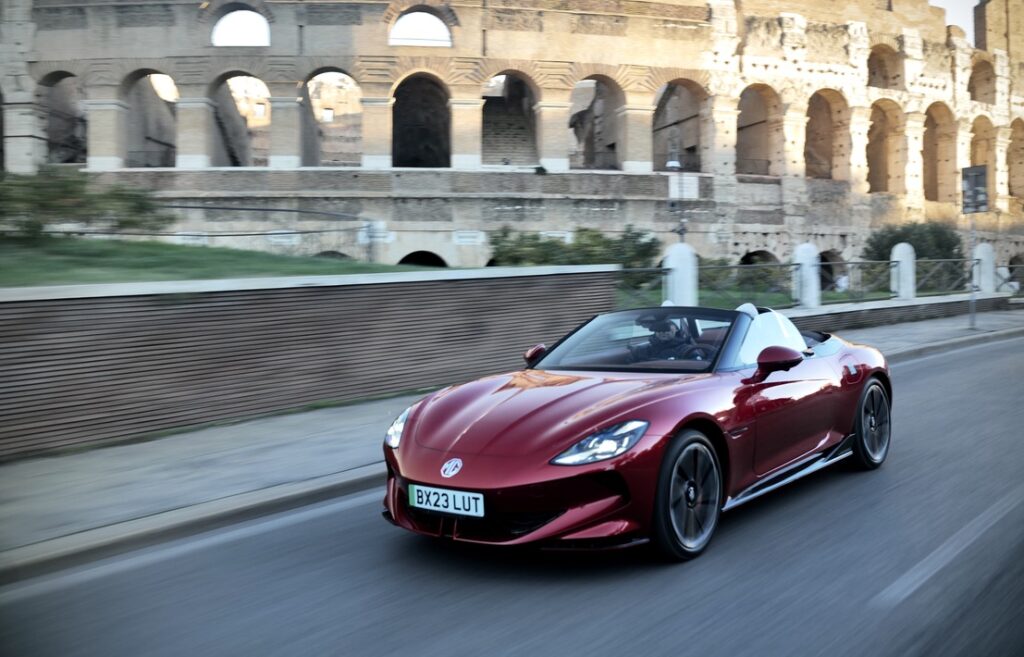
With the rising popularity of SUVs and crossover body types, alongside the transition to electric vehicles (EVs), do convertibles still have a place within European new-car markets? Autovista24 journalist Tom Hooker explores the subject.
Many European countries enjoy warm and sunny days, perfectly suited for dropping the roof. Even in the UK, where rain is a regular point of contention, convertibles accounted for one in 35 cars on the roads last year, equating to a 2.9% share. This result of 1,022,849 units was down 0.1 percentage points on 2022.
Now, as carmakers reduce their model variants and panoramic roofs provide the same sweeping views of the sky, convertibles could be facing a downward slope.
Considerable decline
‘The number of convertibles offered in the UK new-car market has declined considerably over the last few years, especially in the non-prestige sectors. Most of the “major” manufacturers used to offer at least one convertible, but most have ended their run and not been replaced,’ explained Robert Redman, forecast editor at Glass’s (part of J.D. Power).
‘Narrowing it down to 2024, there are 13 models from 10 brands, and at least three of those models are approaching the end of their run without a replacement in sight,’ he added.
Looking back, the number of convertibles on offer in the UK has been shrinking. There were 40 models to choose from in 2020. In 2007, customers could pick from a range of almost 60 different models.
‘If you go back 20 or 30 years, the smaller two-door coupé market was quite popular, but then it almost kind of disappeared. Pretty much everybody had a small two-door sporty coupé during the 1990s. But that mainstream convertible market does not really exist anymore,’ David Allison, head of product and planning at MG Motor UK, explained to Autovista24.
‘The domain of the convertible is now definitely more premium. When you get into the sports car and the super luxury segments, the mainstream manufacturer[s] do not play in those kinds of arenas anymore,’ Allison added.
SUVs cannibalise market
The decline in demand for convertibles may be the result of the rising popularity of SUVs and crossovers. In 2023, new SUVs enjoyed growth in Europe, including Germany. The segment also overtook the saloon sector in France to become the most-popular body type for new vehicles.
‘As a status symbol, there are other things that people seek to buy as alternatives to a convertible version of a vehicle, which might be an SUV or crossover offering. Instead of spending an extra 10% or 20% on a cabriolet, you might spend extra on an SUV or coupé vehicle from the same brand, the same platform and the same functionality, but it would offer that little bit more than a convertible does,’ Sam Livingstone, director at Car Design Research, told Autovista24.
‘The dominance of the SUV that still exists as a slightly out-of-body thing over a normal car is where I would look for the reasons why you might have a diminishing appetite. This of course goes hand in hand with the diminishing appetite for the coupé, which is classically your sibling product with your convertible. I would imagine the core reason for its dwindling is not so much the customer’s lack of appetite, it is the brand’s lack of offer,’ he added.
VW Group’s exit
One of Europe’s best-selling new convertible models in 2023 was the Volkswagen (VW) T-Roc. The SUV cabriolet first appeared on the market in 2020, three years after the base model was released.
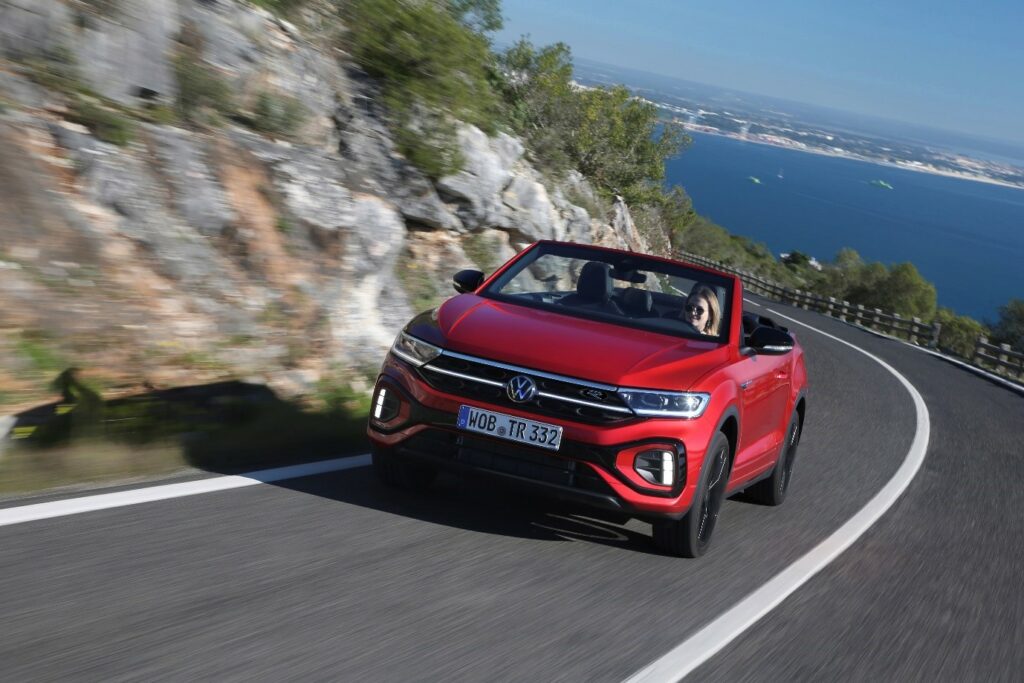
However, its production will cease in 2025, leaving the manufacturer with no convertible offering on the market.
‘Volkswagen is consistently aligning its future product portfolio with the needs of the market. As demand for convertibles is declining significantly worldwide, an open-top version of the next generation of the T-Roc planned for 2025 will no longer be developed. The current version of the T-Roc Cabrio will continue to be offered in parallel with the new T-Roc beyond 2025,’ a VW spokesperson told Autovista24.
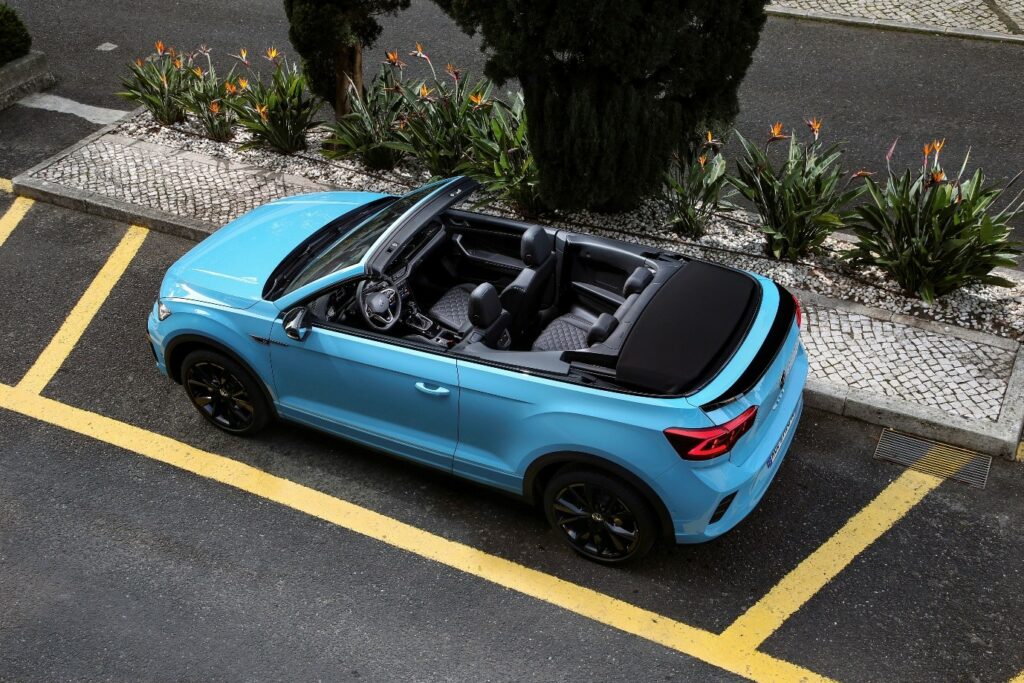
Elsewhere in the VW Group, the Audi R8 ceased production last month, including the convertible version. The Audi TT roadster and TTS roadster met the same fate in 2023. Furthermore, the A5 cabriolet was removed from the brand’s UK line-up in 2022.
MG’s convertible return
However, some carmakers are re-entering the convertible segment. Previously a popular brand in the sector, this year MG is bringing to market the Cyberster, an electric sports convertible. The vehicle was first unveiled in July 2023 and marks the manufacturer’s 100th anniversary.
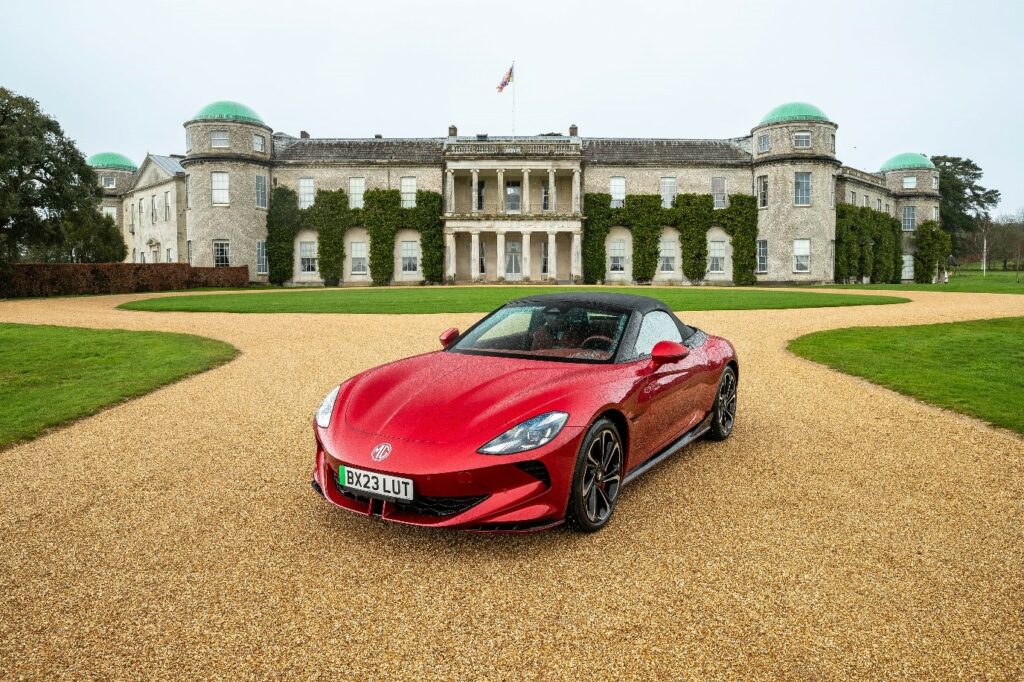
A primary challenge of making a fully-electric convertible model is the extra weight added by the battery. This could cause the model to handle poorly compared to an internal-combustion engine (ICE) equivalent.
‘More often than not, the fundamental challenge and concern is about the weight of the car. However, I have a feeling that those who are going to purchase the Cyberster are not necessarily going to have that at the top of their agenda about what they want the car to do,’ Allison commented.
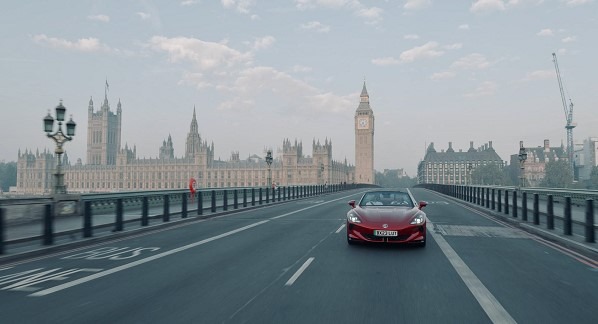
‘I see this car more as a cruiser, whether that is on the open road or cruising around town. In that instance, the weight is not a concern. It is more of a grand tourer and a comfortable two-seat car with a decent range for people that want to go on a longer journey,’ he said.
‘It does depend on the type of customer who is going to buy the car. I would like to think that the people are choosing it for fundamentally the look, the design and the technology,’ Allison added.
EV impact
In addition to the handling of the vehicle, convertible models wishing to adopt EV technology face further challenges, including cost.
‘There is this inherent cost burden on the EV platform for any brand that’s previously been doing this with ICE. Their program is always going to have a much greater emphasis on cost and the implications for bumping up costs,’ Livingstone explained.
‘For a wider platform, even one that is not just delivering an EV variant, accommodating a plug-in version will potentially have some level of added engineering cost to the wider program. So immediately I think the EV scenario slightly wrong-foots opportunities for a convertible in that respect,’ he added.
However, there are also advantages to switching to electric power. Alongside helping brands reach their ZEV Mandate targets, an EV convertible may enhance the driver’s experience.
‘If you look at it from a driver’s perspective, sitting in your cabriolet in a traffic jam or going through the countryside, having silence as opposed to the sound of an engine, I would suggest, is probably more usefully aligned to a convertible than it is for any other body type,’ Livingstone commented.
‘Along with that, you have zero emissions. If you have the roof down in an ICE-powered model, you will get a bit of a smell and inhale more fumes. So, you could argue from an end-user perspective that the electric convertible is a perfect match,’ he said.
‘On top of this, the new body shells which are structurally incorporating a battery platform, I would expect, is very likely going to be inherently more predisposed to have stiffness without too much additional rigidity being put in. So potentially, you have a reduction in the cost to create a cabriolet version relative to a normal sedan if it already has an electric platform,’ Livingstone suggested.
A UK tradition
Returning to the UK, cabriolets have long been a part of the region’s motoring culture with many convertible car clubs still active. This may give carmakers hope that demand for new models will continue.
‘It has always been seen that the UK is a very popular destination for convertibles, it has a climate that means you can use them because it is never really that hot. Particularly with modern convertibles with electric roofs which do not leak in the way that they used to,’ Allison noted.
‘The UK is very much seen as an important market for the MG Cyberster because the country likes convertibles. Historically it has always liked convertibles. The moment the sun comes out in the winter, you see people driving around with their coats on and the roof down, just because that is what they like to do,’ he said.
Environmental exposure
‘There is a particular appetite for cabriolets [in the UK], more so than other countries within Europe, which I would ascribe to the British perennial love for a tiny bit of sunshine. When it happens, which is slightly rarer than it might be in France or Spain, people wish to seize it. There is a desire to get outside when the weather is good, but that maybe does not happen in countries where the weather is good more often,’ said Livingstone.
‘Underpinning buying a convertible car, there is a sort of central thing, which is that you buy convertible cars somehow to appreciate the sunshine or to appreciate being out in the open. That idea is quite a universal idea that human beings are likely to trend towards wanting to be outside.
‘So, I suppose that is the most central offer. It is distinct from a normal car because you become exposed to the outside environment and the weather. Therefore, I cannot see how that human desire is going to change an awful lot,’ he commented.
A romantic ideal
However, the UK’s traditional demand is not as present in other markets worldwide. The increasing presence of imported brands in Europe could affect how many new convertibles are available.
‘There is internationally a slight pressure for the Chinese and indeed the Asian markets that their lack of appetite for convertibles may skew the sector in Europe,’ Livingstone continued.
‘The identity of the car, the cabriolet, in a way, keys back to that European, if not maybe western understanding of the car. This open road, speed and dynamism with one or two people zooming off into the sunset over the countryside.
‘That romantic and classical idea of the car, which is very 20th century and heavily linked to the convertible, I do not know if that translates so well to the 21st century, where the car is much more of a device enabler and a passive provider of car experience, which is enclosed and digitally enabled. I am not quite sure how the fundamental identity of these electric cars can be congruent with a cabriolet,’ he said.
